After positioning itself in advance of the US hurricane season through Q2 this year, the City National Rochdale Select Strategies Fund, a US mutual insurance-linked securities (ILS) fund that invests in industry-loss warranties (ILW’s) and industry-index trigger catastrophe bonds, was relatively flat in AUM terms.
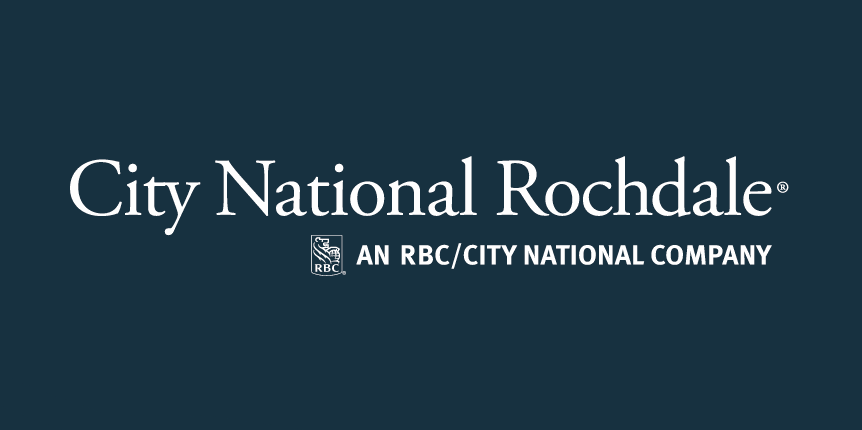 When we last covered this 40’s Act US mutual fund strategy, the ILW and index-trigger focused offering had grown slightly to approximately $227.4 million of net assets, as of April 30th this year.
When we last covered this 40’s Act US mutual fund strategy, the ILW and index-trigger focused offering had grown slightly to approximately $227.4 million of net assets, as of April 30th this year.
It remains one of the more unique investment opportunities in ILS and especially in registered funds, being the only mutual ILS investment fund that has a specific focus on index-trigger instruments, from ILW’s to industry-loss cat bonds.
Which is of course thanks to its investment advisor being the Neuberger Berman ILS team and its investments being made into their structure NB Re.
By the end of July 2024, the total net assets of the City National Rochdale Select Strategies fund had fallen slightly to almost $224.2 million.
Notably though, the investment managers had positioned the fund for a potentially impactful US hurricane season, after forecasts suggested a large amount of storm activity should be expected.
Gregg Giaquinto, President, City National Rochdale, explained the backdrop to the period, “In terms of current market activity, pricing in the industry loss warranty (“ILW”) market increased at an accelerating rate in Q2 2024 due to continuously increasing demand. Demand for enhanced protection was likely driven by the combined influences of systemic factors, such as heightened capital requirements and increased reinsurer appetite for catastrophe risk, and short-term factors, such as vendor model updates changing buyers’ views of risks and forecasts for an extremely active 2024 hurricane season. The catastrophe bond market is also on track for a record-breaking year due to the ongoing heavy volume of primary issuances.”
With a view out to the peak of the hurricane season, at the time of year of this reporting, Giaquinto said, “Our present assessment is in line with these forecasts, and we remain watchful as there are still significant uncertainties as the season continues.”
Because of the forecasts, Giaquinto explained that, “the Fund’s portfolio has been positioned defensively.”
Saying, “This defensive risk profile has been curated through a combination of careful structural customization and strategic hedging. The approach towards constructing this year’s portfolio has been facilitated by favorable market conditions that have allowed us to maintain strong pricing while generally increasing risk attachment levels (i.e., levels of industry loss that would need to be breached in order to trigger a loss in a contract) across positions.
“Once again, we believe the customizability of ILWs continues to give us greater flexibility to modify the Fund’s risk each season and focus on improving contract terms that can protect the Fund’s portfolio.”
Hedging costs were likely a factor in the fund underperforming its benchmark (Swiss Re Cat Bond Index) through the six months to July 31st, returning +2.87% for the period. Although that still beat its other benchmark of the ICE BofAML 3-Month U.S.Treasury Bill Index.
It’s worth noting though that, seasonality of returns for ILW investments typically picks up around August and this strategy has a relatively meaningful US wind focus, so returns should have spiked higher through recent months.
It’s also worth considering how the hedging and defensive positioning may have helped the fund in avoiding too much in losses from hurricane activity year-to-date.
The investment adviser said, “The Fund’s year-to-date underperformance relative to the Swiss Re Cat Bond Total Return Index is expected at this time of year due to the seasonality of the Fund, which is largely exposed to hurricane risk.”
The investment adviser also said that ILW pricing had improved markedly in the second-quarter of the year.
Artemis’ Index of ILW price indications shows that ILW pricing has tapered off since then, but remains elevated by historical comparison.
View our chart of industry-loss warranty (ILW) price trends here.



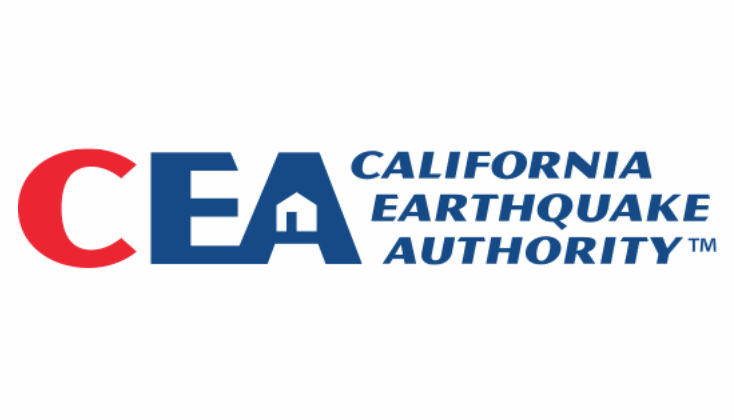



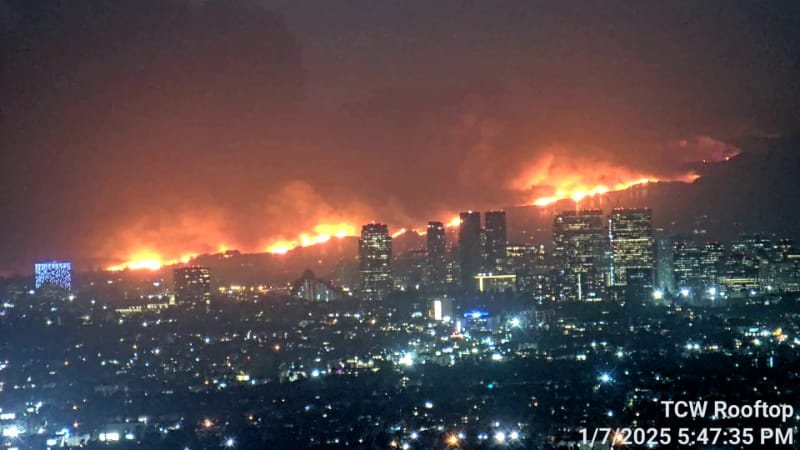

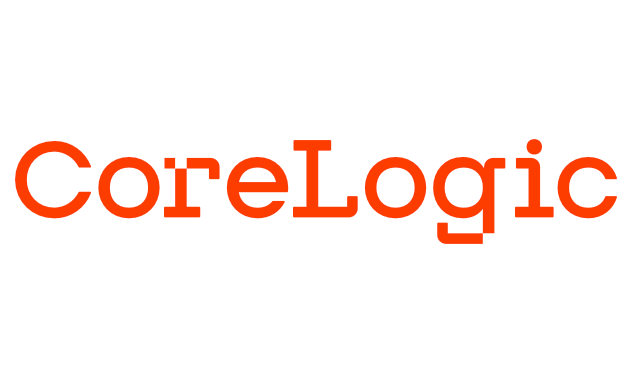
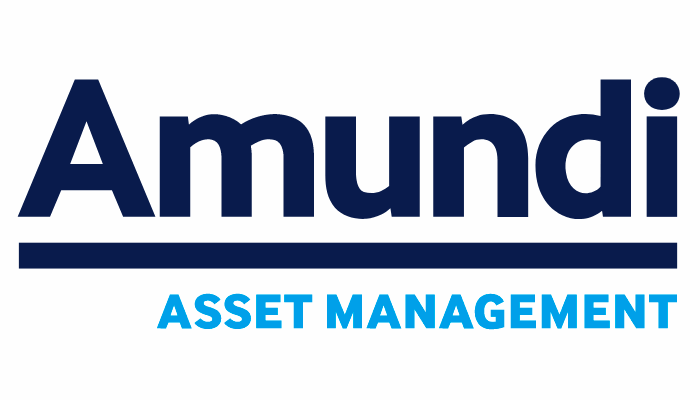
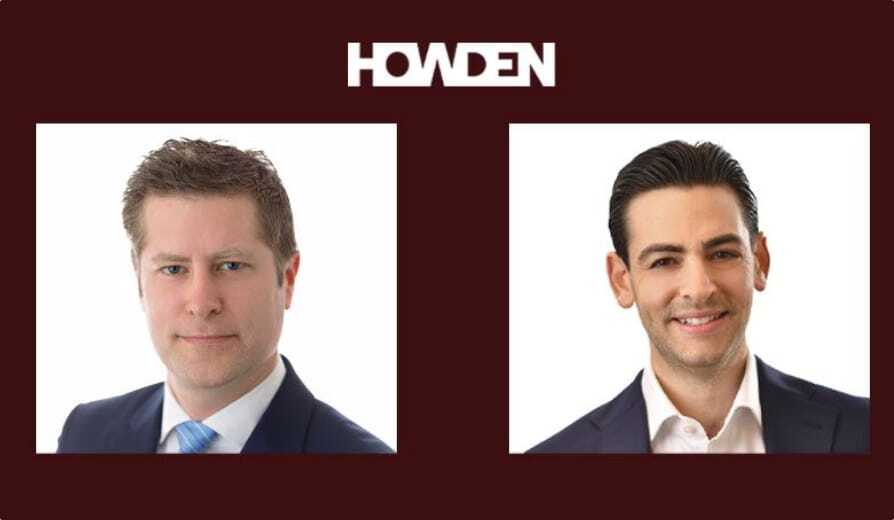
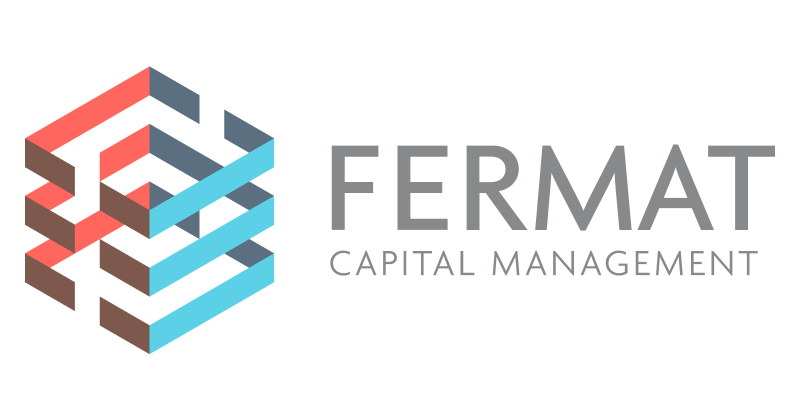







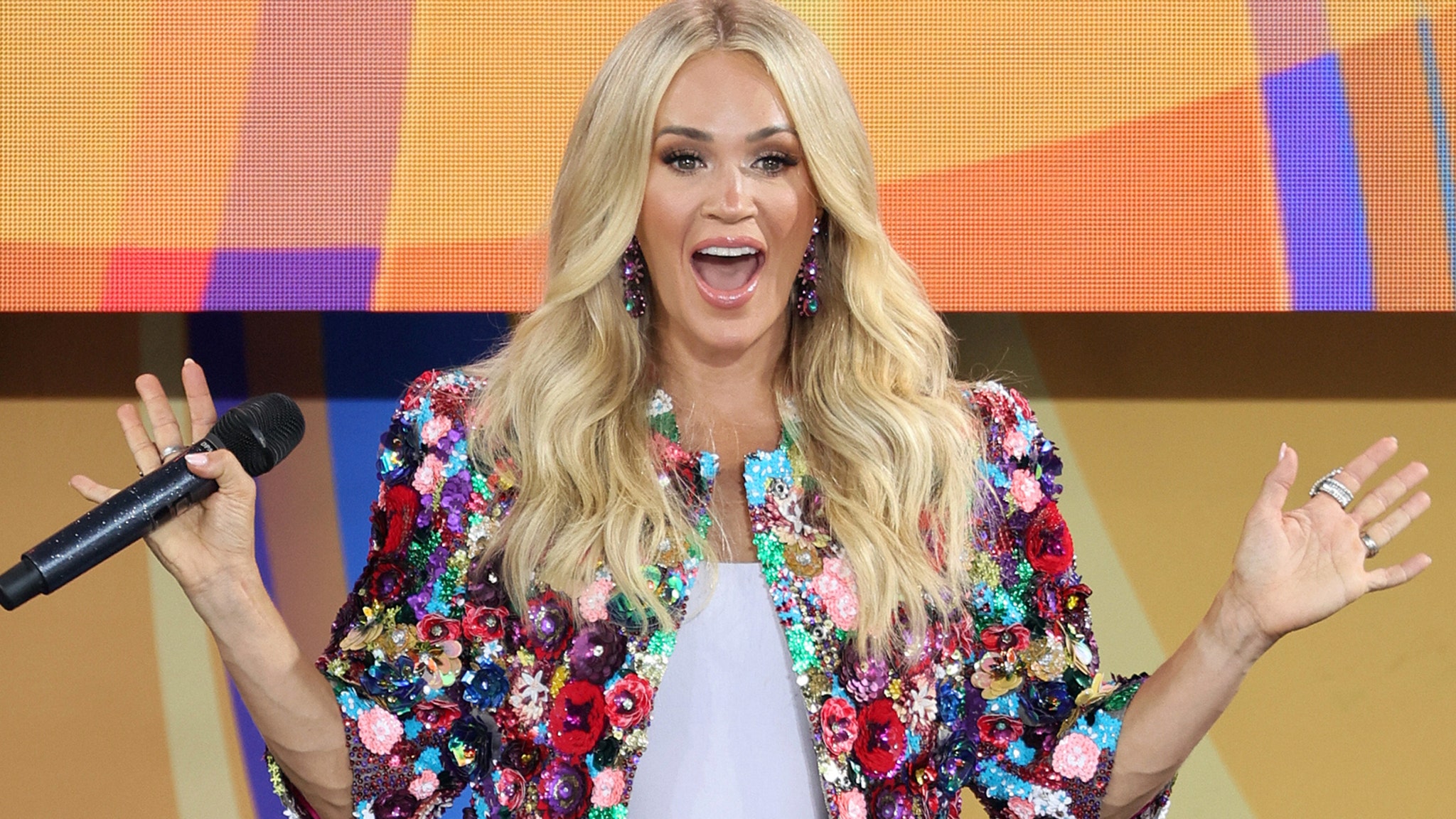
 English (US) ·
English (US) ·